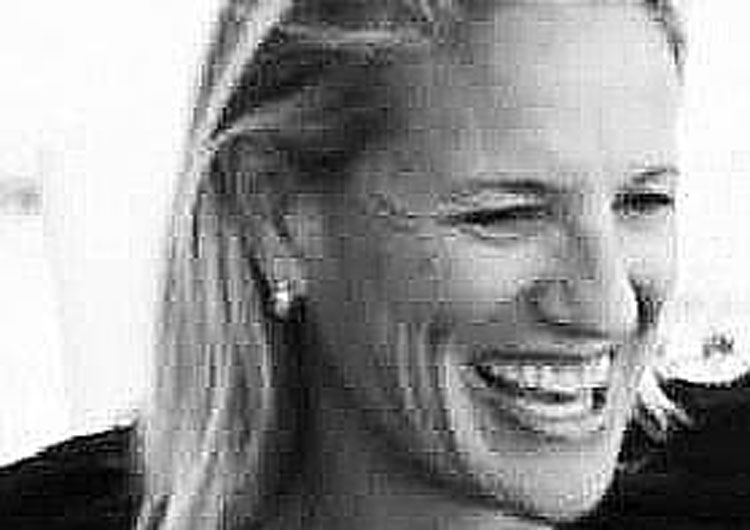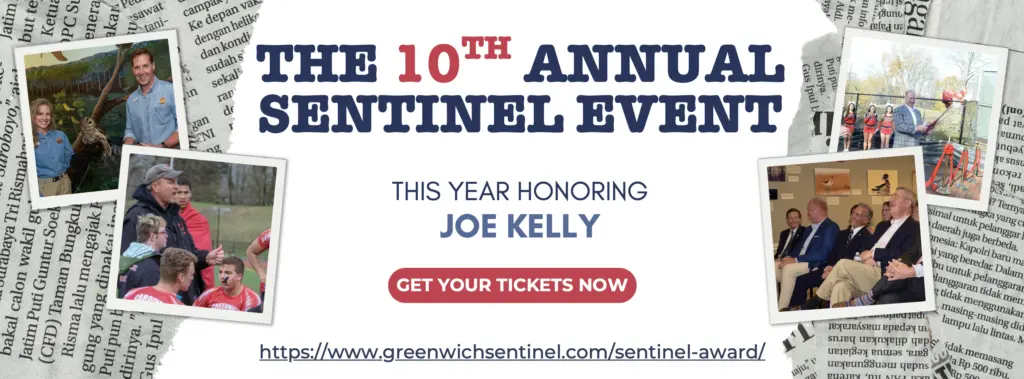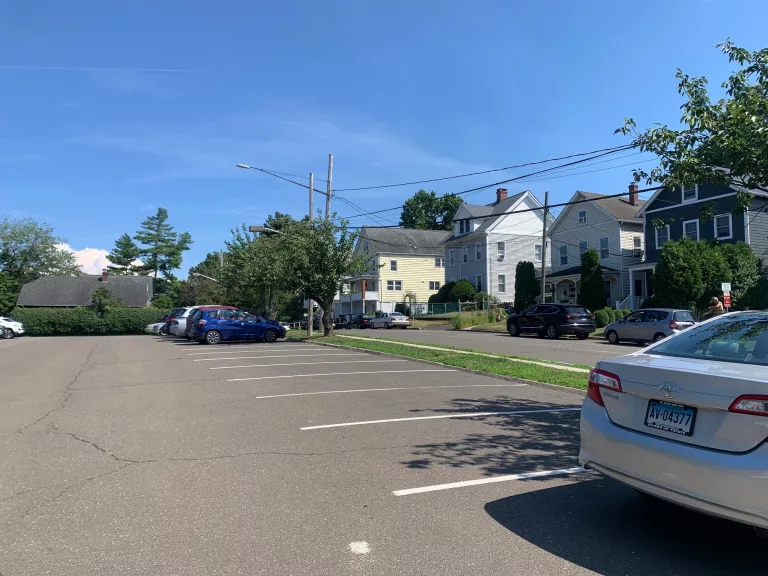
By Icy Frantz
A few weeks ago, I sat down to write a piece for The Sentinel. The subject had come to me while I was taking a shower. I titled it, “I Believe”, and in it I outlined some of the ways those two little words touch our lives this time of year. I had my opening paragraph in which I described the beautiful crèches from around the world I’d seen on display at Christ Church. I wrote about Virginia and her famous letter to the editor at The New York Sun, in 1897, and the paper’s response, “Yes, Virginia, there is a Santa Claus.” And finally, I dove into my own religious beliefs and what they meant to me. And you know what? I have to admit, it was pretty good. It was positive, convincing and exuded just the right amount of pre-Christmas cheer.
I put it to rest and went back to the shower, where I do my best thinking, and somewhere between the shampoo and conditioner rinse, a question popped into my head:
“What about doubt?” I kept rinsing, trying hard to ignore that small voice, but it persisted.
“You need to consider the reality of doubt.”
It wasn’t going away, so I quietly whispered, “But I just want to talk about belief.” And then, a little louder, I added, “and my editor likes it short and sweet.” I kept mumbling to myself, and even our dog who was lounging on the bathroom floor perked up his ears and gave me that look like I was just a little crazy. “Hmm. Doubt,” I muttered, and went back to the drawing board.
The word doubt is steep with negative connotations. It is often associated with uncertainty, confusion and self-doubt, three characteristics most of us try to avoid. In the Bible, doubt is used to describe one of the apostles, Thomas, when he refuses to believe that Jesus had risen from the dead. Today, we use the term doubting Thomas to describe a habitually skeptical person, one who negatively confronts every good idea we have. You know the type.
A certain amount of doubt is necessary and a good thing. Doubt forces us to probe, to really question, to look beneath the covers and examine deeply that which we believe. Blind faith can be superficial while doubt can be the catalyst to a more powerful connection and understanding. And, for most of us, a certain amount of doubt is simply a reality.
In the 1980’s, I attended an Episcopalian boarding school in New Hampshire. I learned a lot in those years, both in and out of the classroom, most of which I have forgotten. However, my 11th grade religion teacher would be pleased to know that I still think about his class, more specifically about a book we studied and discussed, ad nauseum, by Paul Tillich called the Dynamics of Faith. At my school, getting through Tillich’s book was a rite of passage that introduced us to a new language and a new way of thinking, and once mastered, we fancied ourselves as members of a small club that understood what Tillich meant when he said: “Faith is the state of being ultimately concerned.”
What has stuck with me all of these years is that Tillich believes that “faith is not knowledge and therefore every act of faith has the distinct possibility of doubt.” To me, this idea was very reassuring.
To be honest, doubt has always had a loose grip on my life. I have flirted with Christianity through most of it: attending Sunday School as a child, regular chapel services in high school, teaching church school as an adult, and participating in Bible studies, Alpha courses and other classes that explored various areas of my faith. I have always probed. I pray regularly, religiously when times are tough, and maybe a little less so when I am giving thanks. In fact, there have been periods when the flirtation has grown into something much more serious, but still I have never completely jumped in, immersing myself with the water of the holy baptism. I have always kept one toe out.
Why? Is it as simple as saying, “I believe”? I don’t think so. Or is it just that, “I believe because the alternative is not so great?” Maybe. But I think it has more to do with the overwhelming feeling I get, one that is hard to describe and one which words just won’t do it justice, when I am actively participating in the sacred.
My recent visit to the crèche display at Christ Church completely moved me. The idea that all over our world Christians are creating and collecting beautiful representations of the birth of Christ is awesome in the true sense of the word. It is awe inspiring.
Just as sitting in a candle light service, singing collectively Oh Holy Night, oh how emotionally powerful, and again I am struck with that feeling, that feeling that can’t be seen by the human eye or understood by the human mind. Awe inspiring.
Sometimes, I feel similarly when I think of the generosity and strength of the human spirit. I have a friend who gave one of her kidneys to a young man, a father to three children who had to spend every day on dialysis. The gift of a kidney is an amazing gift, but even more amazing is that my friend had gone through her own heartbreak, having only recently lost her own son to a horrific cancer.
I was so humbled by her grace, by her spirit, by what could only be considered a holy and divine influence and pure goodness. Awe inspiring.
The truth is, doubt and disbelief exist all around us and we can choose to acknowledge it, like the persistent voice in our head. It may hold us back or it just may prompt us to look a little deeper. But, there is also so much around us that inspires awe and gives us reason to rejoice. There is the wonderful mystery that creates in us a feeling that can overwhelm, the strength and resilience of the human spirit and the ability to give despite adversity, the collective passion for the birth of Christ, the voices that join in the dark to praise the almighty, and the excitement that comes with putting out cookies and carrots for Santa and his reindeer. At this time of year, we should surround ourselves with the people, places and things that push the doubt aside and leave us yearning to believe.
Eight-year-old Virginia was looking for an answer to her question, “Is there a Santa Claus?” and the editor at The New York Sun must have sensed his response would carry a lot of weight. It has and will continue to do so for many years.
Only faith, poetry, love, romance can push aside the curtain and view and picture the supernal beauty and glory beyond. Is it all real? Ah, Virginia in all this world there is nothing else real and abiding. No Santa Claus? Thank God he lives and lives forever. A thousand years from now, Virginia, nay 10 times 10,000 years from now, he will continue to make glad the heart of childhood.
“Is There a Santa Claus?” reprinted from the September 21, 1897, issue of The New York Sun.





